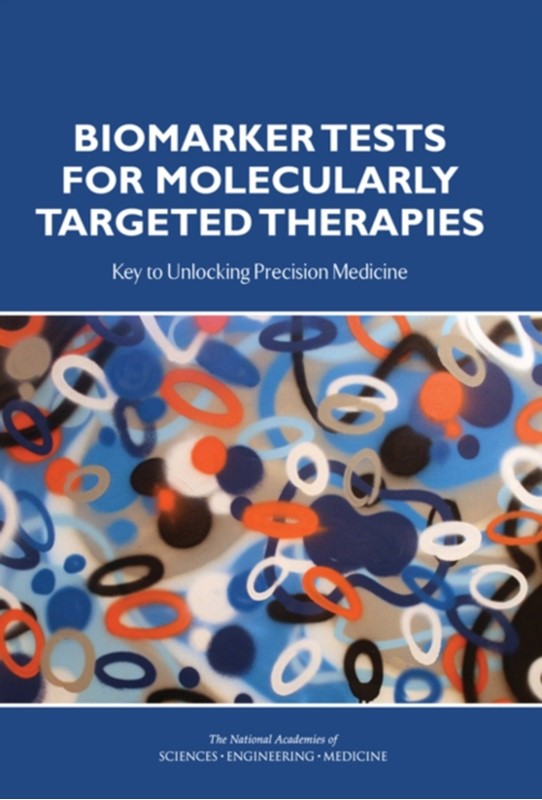Finding a Path to Safety in Food Allergy - Health And Medicine Division - Bog - National Academies Press - Plusbog.dk
Over the past 20 years, public concerns have grown in response to the apparent rising prevalence of food allergy and related atopic conditions, such as eczema. Although evidence on the true prevalence of food allergy is complicated by insufficient or inconsistent data and studies with variable methodologies, many health care experts who care for patients agree that a real increase in food allergy has occurred and that it is unlikely to be due simply to an increase in awareness and better tools for diagnosis. Many stakeholders are concerned about these increases, including the general public, policy makers, regulatory agencies, the food industry, scientists, clinicians, and especially families of children and young people suffering from food allergy. At the present time, however, despite a mounting body of data on the prevalence, health consequences, and associated costs of food allergy, this chronic disease has not garnered the level of societal attention that it warrants. Moreover, for patients and families at risk, recommendations and guidelines have not been clear about preventing exposure or the onset of reactions or for managing this disease. Finding a Path to Safety in Food Allergy examines critical issues related to food allergy, including the prevalence and severity of food allergy and its impact on affected individuals, families, and communities; and current understanding of food allergy as a disease, and in diagnostics, treatments, prevention, and public policy. This report seeks to: clarify the nature of the disease, its causes, and its current management; highlight gaps in knowledge; encourage the implementation of management tools at many levels and among many stakeholders; and delineate a roadmap to safety for those who have, or are at risk of developing, food allergy, as well as for others in society who are responsible for public health. Table of ContentsFront MatterSummary1 Introduction2 Definitions3 Prevalence4 Assessments, Diagnostic Testing, Disease Monitoring, and Prognosis5 Potential Genetic and Environmental Determinants of Food Allergy Risk and Possible Prevention Strategies6 Management in the Health Care Setting7 Management of Packaged Foods8 Managing Food Allergies in Retail, Food Service, Schools, Higher Education, and Travel Settings9 Research Needs10 Final Comments: A Roadmap to SafetyAppendix A: Open Session AgendasAppendix B: Food Allergy Prevalence Literature Search StrategyAppendix C: Risk Determinants Literature Search StrategyAppendix D: Acronyms and AbbreviationsAppendix E: DefinitionsAppendix F: Committee Members Biographical Sketches

















































